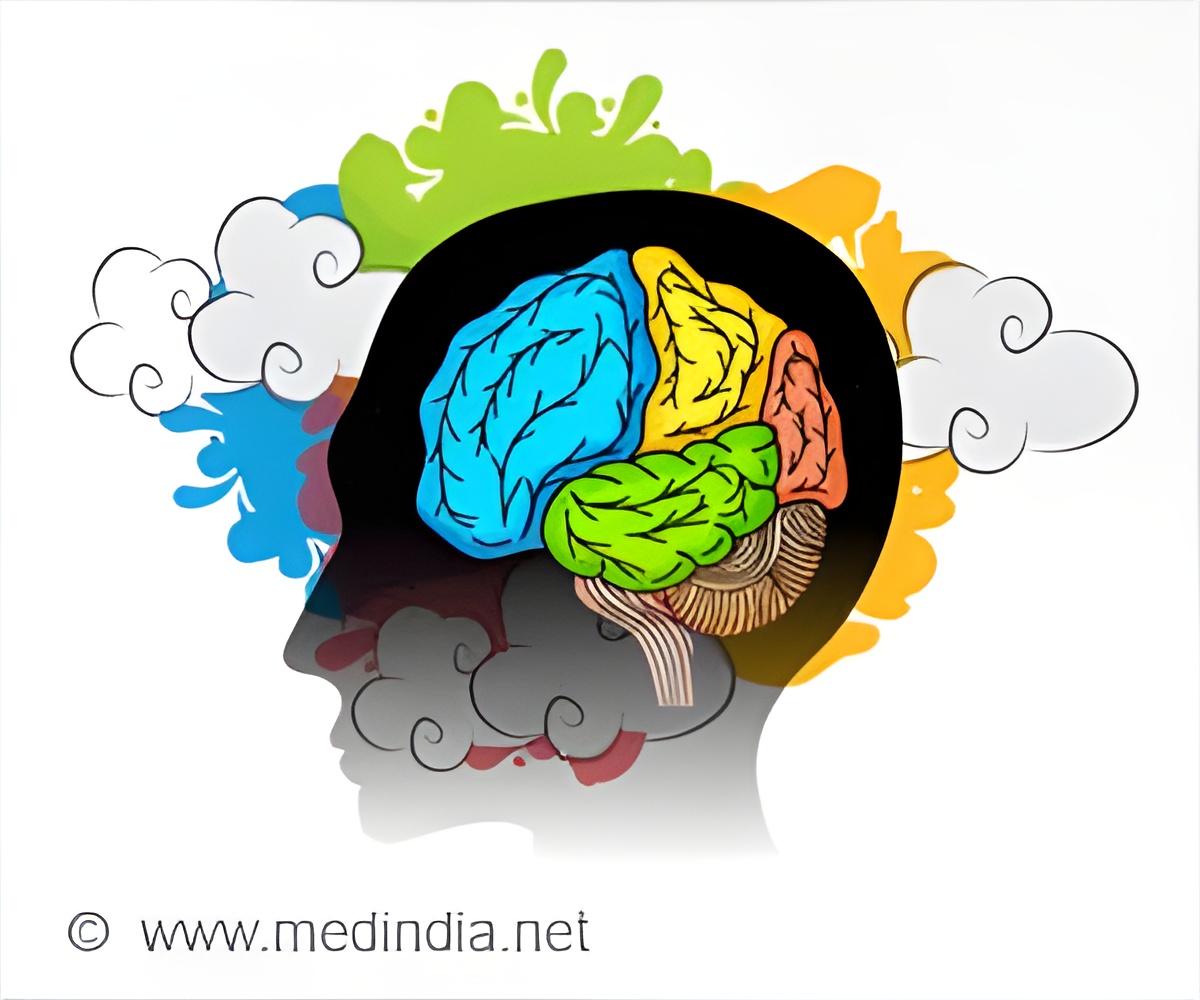
‘Anterior cingulate cortex is a key brain region involved in linking behaviors to their outcomes in a 'goal-directed behavior'. Thus the finding provides molecular targets for future therapeutics against devastating mental health disorders such as OCD and addiction that follow dysfunction of this goal-directed behavior.’
Tweet it Now
When we consciously perform an activity with a particular goal in mind, like going to the shops to buy food, the anterior cingulate cortex is primarily responsible for that ' goal-directed behavior'. Various compulsive behaviors like those in OCD and addiction results from the impairments in the 'goal-directed system' in the brain. Thus the finding may prove as a step towards targeted treatment of these human disorders.
"We have identified the very specific region of the brain involved in goal-directed behavior. When we temporarily turned this off, behavior became more habitual - like when we go onto autopilot," says Lisa Duan in the University of Cambridge's Department of Psychology, first author of the report.
Brain Circuit for Goal-Directed Behaviour
The study first taught a goal-directed behavior to the marmosets. That is, by tapping a colored cross when it appeared on a touchscreen, they were rewarded with their favorite juice to drink. The monkeys sometimes received the juice without even having to respond to the image which randomly uncoupled the connection between action and reward.
Advertisement
When the experiment was repeated, the marmosets did not change their behavior but kept tapping the cross when it appeared even when the connection between tapping the cross and receiving juice was randomly uncoupled. The computer-based tests on patients with Obsessive-Compulsive Disorder (OCD) or addiction also reveal similar effects.
Advertisement
"We think this is the first study to have established the specific brain circuitry that controls goal-directed behavior in primates, whose brains are very similar to human brains," says Professor Angela Roberts in the University of Cambridge's Department of Physiology, Development and Neuroscience, joint senior author of the report.
Thus the study provides molecular targets for future therapeutics against devastating mental health disorders such as OCD and addiction.
Source-Medindia













